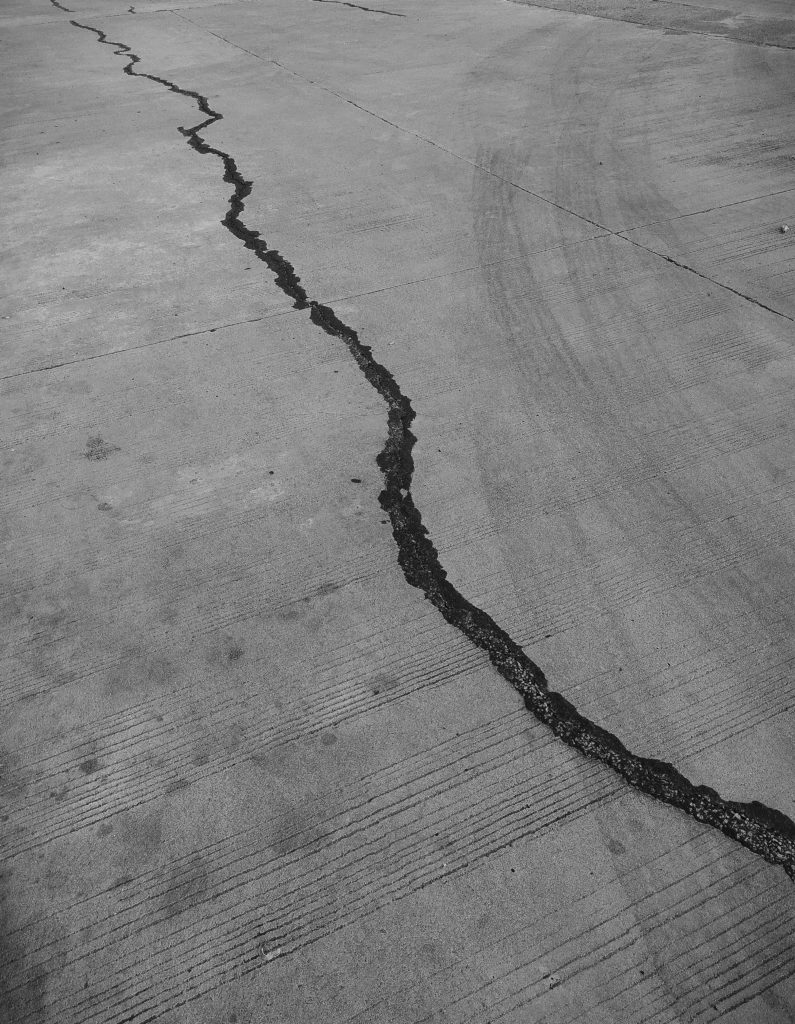
Gab Learns – Seismic Design
This episode we are talking about seismic, about earthquakes and designing buildings that don’t fall apart when there’s a bit of moving and shaking.
How should we be designing our buildings to ensure they are earthquake proof?
There are two ways we generally do this:
- Build a chunky, robust building, that is locked into the ground – essentially a rock with windows.
- Build to allow some flexibility and movement without breaking anything.
Certain buildings you want to build like a rock, but a small residential house you want some flexibility. If you think of an old villa, it moves around and squeaks in the wind but ultimately it settles because it is flexible with the natural conditions. When it comes to high rise buildings, movement in those can feel more dangerous because they sway back and forth – but if they’re built properly, they accommodate that movement without causing problems.
A recent news story discusses why the Ministry of Education head office in Wellington had to move premises because their engineers rated the building at 25% of the New Zealand building standard due to the concrete floors. Firstly, two aspects to cover:
- 25%. Twenty-five percent of what?
25% of the 100% (of the earthquake force resistance) that is required by the current building code. That building was probably built before some major changes to the seismic requirements in the code, so now it needs to be upgraded to be equivalent to a new building.
- Concrete floors?
Likely it would’ve been the way in which the concrete floors were attached to the columns and the walls. A lot of older buildings were designed with a piece of metal (like a bracket) which the concrete floors sit on top of, if the building starts moving and moves too far the floor can fall off the bracket. If this is the case, the team has to then go in and retrofit to add in different bolts, different attachments, and maybe pour new beams or add in cross bracings to keep those slabs in place during a quake.
How does the building code determine what is a ‘safe’ level to build to?
Seismic design looks at historical data and the frequency, return, occurrence level of earthquakes to see what the power of a likely shake would be. Infinite money can be spent designing an indestructible building, but in real life that’s just not feasible (it would be too expensive to build) so there must be a line in the sand for what’s reasonable to design to.
After earthquakes occur, MBIE updates the building code to reflect the acceptable level to design to. This is based on the type of shake, the frequency of movement, the amount of movement and the energy in the movement.
There are two structural design actions to adhere to:
- SLS – Serviceability Limit State
This state represents a level of stress or strain within the building below which there is a high expectation the building can continue to be used as originally intended without repair. Therefore, the limiting level of stress or strain defined for this limit state is low. This is a state that is expected to be reached several times in the life of most building stock in New Zealand. The load used to check the SLS for seismic conditions is the defined 1-in-25-year earthquake shaking. *
- ULS – Ultimate Limit State
Design for the ULS represents a defined process that is aimed at ensuring the probability of collapse of a building (and therefore the risk to human life) is at an acceptable level. The process is primarily associated with consideration of large and severe but relatively rare events ie. Christchurch earthquakes. The design seismic load used for ULS checks for a typical IL2 building is based on the defined 1-in-500-year earthquake shaking. *
With these SLS and ULS values set by the building code, we’re able to design buildings that are reasonably safe without being unreasonably expensive. The 1-in-25 year and 1-in-500 year benchmarks are the probability of those earthquakes happening rather than literally when they will happen. They could happen tomorrow, next month, or 1000 years from now, but we know that the building will be able to resist them based on historical data.
Are we forecasting for the fact that the earth is changing – global warming etc?
Generally, yes however in terms of seismic less so as there is less of a correlation that carbon in the atmosphere leads to more seismic events. We are seeing more projects look at how hotter temperatures, or colder temperatures or more water, or less water will affect the building and design – so in effect forecasting is happening however there is a bit of an unknown. While you can build something that in theory is fine, you can also get what happened in Christchurch whereby there was a lot more liquefaction in the soil than what was understood so there was an unknown that such damage could occur. Once it happened, the data and benchmarks were updated.
Does the building code, and specifically codes related to seismic design apply for the whole country, or is it regionalised?
It is regionalised because different parts of the country have different levels of risk. Again, this is based on the historical data for that area i.e. how many quakes have happened in that area, what is the magnitude of them and consequent damage, and these are always updated when new earthquakes happen.
Base isolation, I’ve heard of this but what exactly is it?
It is what it says it is – isolating the base of a building. At the bottom foundation a rubber isolator that absorbs some of the shock so to remove some of the impact on the building. Above the base isolator sits a rigid building which can move around but it’s not going back and forth as much as it would if it were locked into the ground, since the rubber neutralizes some of the shake. This is generally more common for shorter, wider buildings that can be easily made rigid. Conversely, some high-rise buildings have counterweights near the top of the building to balance against the sway of the building such as a gigantic sphere made from metal which is chained up in a mechanical room at the top of the building (e.g. Taipei 101), or water tanks that shift liquid back and forth (One Rincon Hill South tower) as the building leans to the right the weight shifts to the left and vice versa – it balances the building. Clever.
What should we think about with seismic design?
Seismic accommodation – look at the building and how it works, the structure which is either rigid or flexible. And think about all the elements of the building as well – the windows, the cladding, waterproofing etc – different parts of the building need to accommodate for seismic movement in different ways.
Lastly, what sort of movement shift is acceptable to see (or feel)?
Interstory drift is the relative translational displacement between two consecutive floors divided by the storey height – the amount that each storey of the building drifts side to side compared to each other. For a fairly stiff building, SLS that would generally be 10-15mm and ULS up to 40-50mm. But for a more flexible building or a building with taller floors, it can be substantially higher.
To finish, buildings will shake – they are designed to do that, however it depends what level they have been designed to as to how they will perform and how safe they are deemed. All of the assemblies and components just need to be designed to accommodate that movement.
*reference: https://www.seismicresilience.org.nz/topics/resilient-design/earthquake-engineering/limit-state-design/




